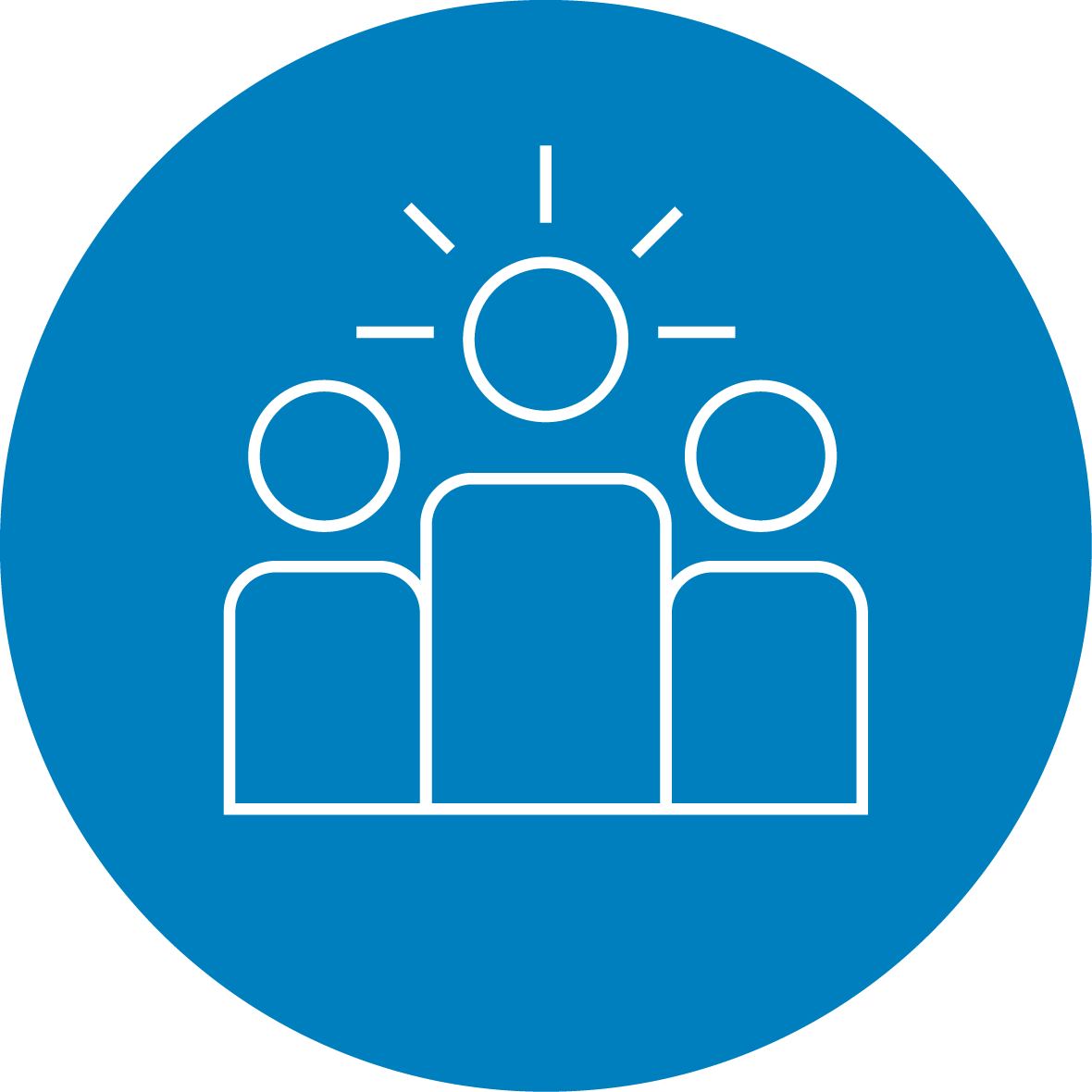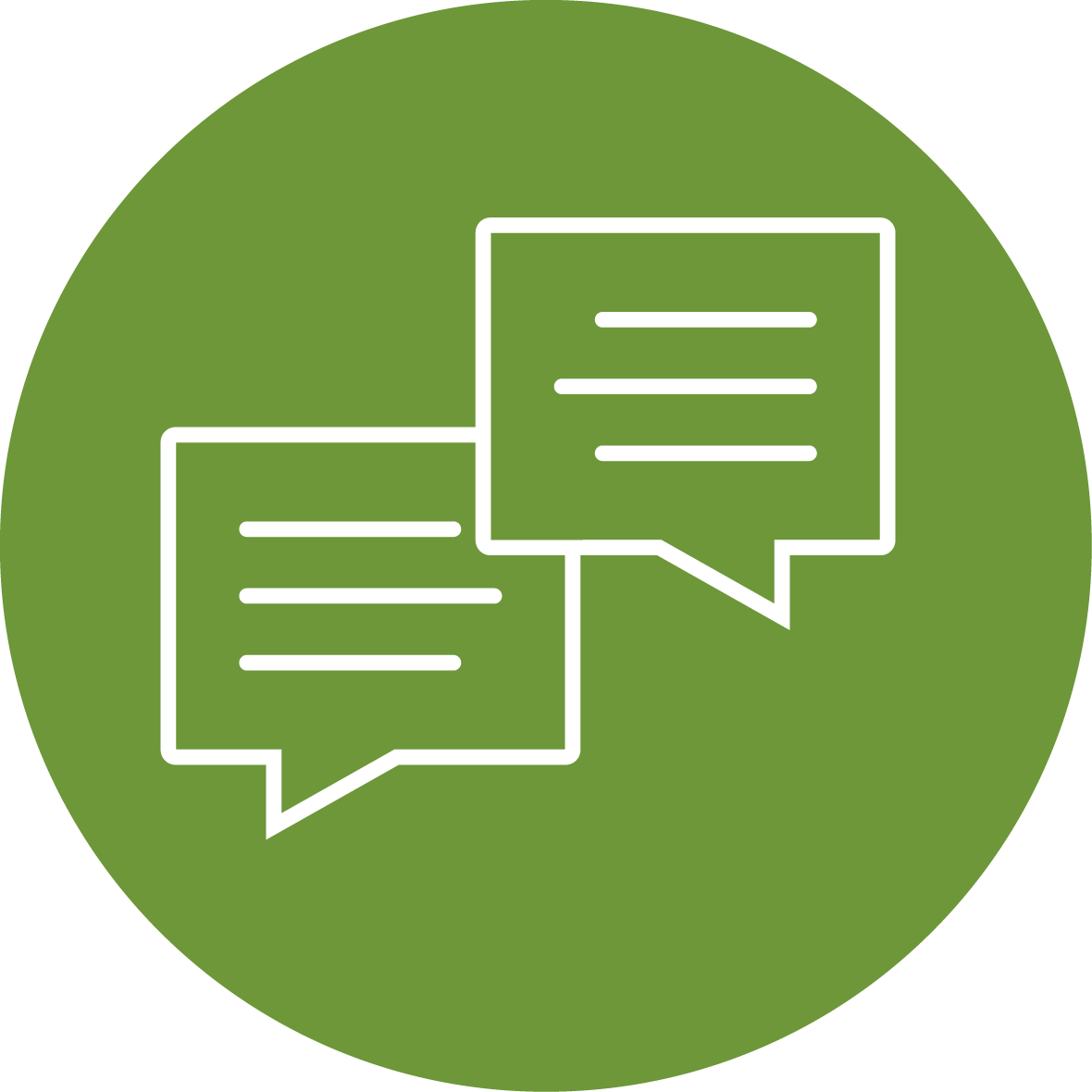2025-2028 ACBS Strategic Plan
2025-2028 ACBS Strategic PlanThe ACBS Board meets to develop a Strategic Plan every 4 or 5 years to determine the future focus. The ACBS Board strategic planning meeting was held and based off of ACBS member focus group data, and one on one interviews, a picture of the current state of the organization came into focus. The Board considered this data in determining the areas of focus for the organization and what they envision for the future.
ACBS is now recruiting volunteers to help bring this plan to life. If you’re interested and available, please sign up here to make these goals a reality.
*You can see the full strategic plan below or download a PDF version here.
ACBS Vision ACBS is dedicated to the alleviation of human suffering and the advancement of human well-being through research and practice grounded in contextual behavioral science. ACBS Mission Creation of a science more adequate to the challenge of the human condition ACBS is an international community of scholars, researchers, educators, practitioners, and others whose mission is to:
| The Current State We have been part of the movement that has advanced CBS are seeing incredible growth in the interest in CBS and its practice. This has decreased human suffering and improved lives. Members who are active in our association find and feel part of a community. | Strategic Vision Over the next several years, we aim to further advance our science and practice by expanding and empowering participation in CBS research, fostering dynamic engagement of a growing and diverse membership; and increasing the quality and accessibility of CBS to improve conditions anywhere that humans exist. | |
Strategic Plan |  | Advancing Science | |
 | Engaging Members | ||
 | Increasing Access | ||

Advancing Science
To advance our science and practice, we need rich and diverse research collaborations. This includes empowering and engaging our diverse membership (e.g., members from different professions, countries and racial and ethnic backgrounds) and the public in the creation of scientific knowledge, and bringing in scientists and practitioners working in areas inside and outside of CBS. We also need to create a context for continued advancement, regularly reviewing the evidence and updating methods, formulations, processes or applications.
Success Metrics
- Increase in the number of researchers or number of members participating in research.
- Increase in individuals from diverse backgrounds participating in research (by profession, country, race/ethnicity).

Engaging Members
We aim to foster dynamic engagement among our members, such that members feel part of a community and have ample opportunities to collaborate and share ideas. We also aim to grow membership to include more CBS scientists and practitioners from a variety of backgrounds working for a common purpose. Finally, our association is strong when there is diversity in leadership and open and clear communication and pathways to get involved.
Success Metrics
- Increase in ACBS membership each year.
- Increase in member participation in ACBS events.

Increasing Access
To increase the potential for CBS to improve conditions anywhere that humans exist, CBS needs to be accessible. Accessibility is enhanced by guidelines for CBS competency and developing evidence-based tools for assessing competency that are linked to outcomes and can be applied to a variety of situations or in training or applied settings. Sharing CBS research and practice outcomes also increases the likelihood that decisions will be informed by the latest evidence.
Success Metrics
- CBS competency guidelines available.
- Competency Assessment resources available on the website.
- Increase in research on competencies and outcomes.
If you are interested in assisting ACBS, please share your information and area of interest here.